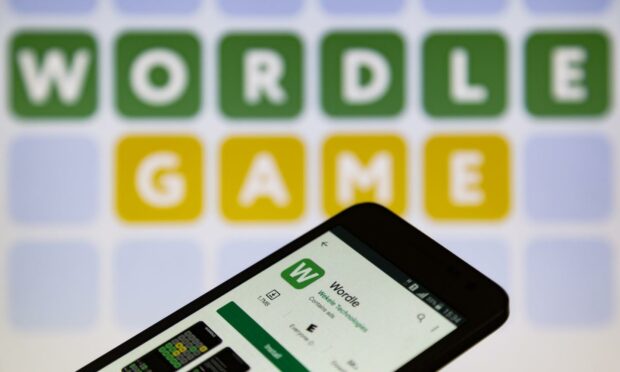The New York Times has announced it has bought word game Wordle.
The game, released in October, has millions of daily users from across the globe.
The once-a-day Wordle, in which players get six chances to guess a five-letter word, has been acquired by The New York Times Company.
A report in The New York Times said the purchase, announced on Monday, “reflects the growing importance of games, like crosswords and Spelling Bee, in the company’s quest to increase digital subscriptions to 10 million by 2025”.
Wordle was bought from its creator, Josh Wardle, a software engineer in Brooklyn, for a price “in the low seven figures,” The Times said.
The company said the game would initially remain free to new and existing players.
From zero to millions of players in a matter of months
The rise of Wordle has been quite incredible, from its launch in October 2021, to 90 users on November 1 it grew to 300,000 players by the middle of this month. It now has millions of daily players.
It is shared on social media, as people rush to get the word first each day. Users are then able to share their performance with their own followers.
A New York Times Company statement said: “The Times remains focused on becoming the essential subscription for every English-speaking person seeking to understand and engage with the world. New York Times Games are a key part of that strategy.”
Designed for his wife
Mr Wardle told a Times reporter this month that he had started Wordle after he and his partner “got really into” The Times’s crosswords and Spelling Bee games during the pandemic.
“New York Times Games play a big part in its origins,” Mr Wardle said in the company’s statement, “and so this step feels very natural to me.”
Even if you still haven’t given into the obsession yourself – although that’s quite unlikely – you have most certainly come across the mysterious grid of green, grey and yellow squares.
But in case you are still wondering what the craze is all about, or you’re pondering over how to crack the code and become the new Wordle champion – we’ve got you covered.
What is Wordle?
Everyone gets the same word each day, and the game can only be played once per day – so if you get it wrong, you have to wait 24 hours to have another shot with a new puzzle.
After each session, players can share their results to social media using emoji that correspond to the game board. However, it doesn’t reveal the correct word to spoil the fun for other players.
